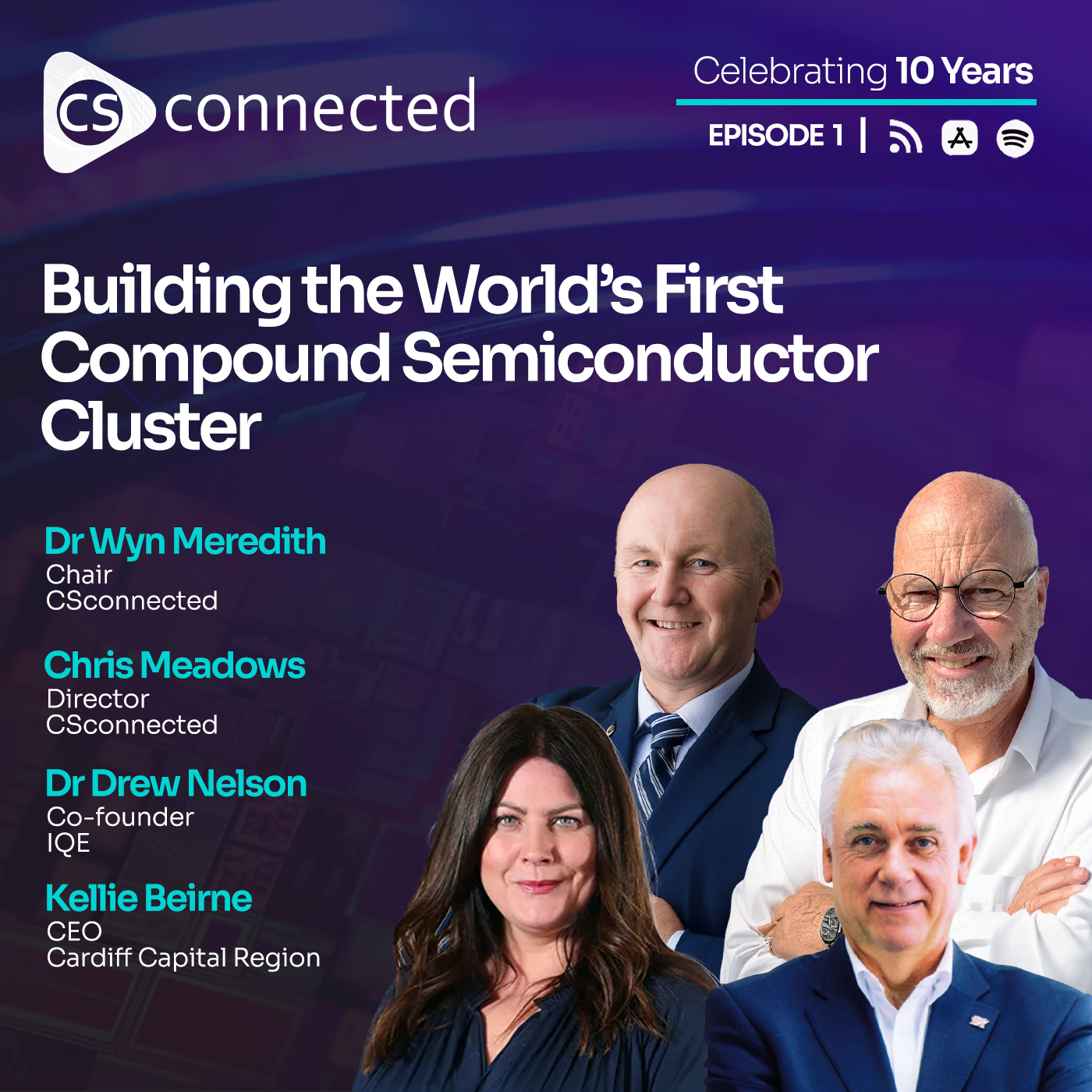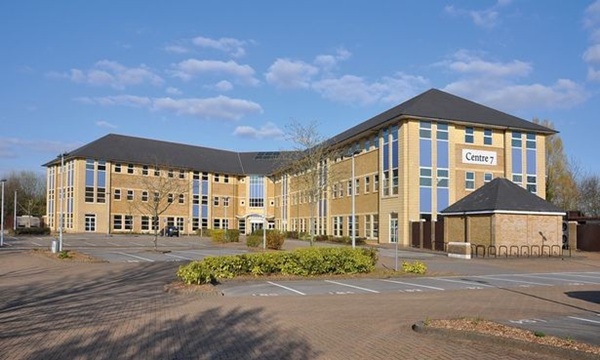
GUEST COLUMN:
Dr Drew Nelson
Co-founder
IQE
When we talk about industrial success stories, it’s easy to focus on where the investment has gone or which technologies are in fashion. But the real test of strength is longevity – whether the foundations you lay stand the test of time. Ten years on from the creation of the world’s first compound semiconductor cluster in South Wales, I think we can safely say those foundations have held firm.
The success of CSconnected has never been about a single company or research centre. It has been about bringing together a set of world-class organisations that were once working in isolation and showing what can be achieved when they operate as one ecosystem. Today, that cluster includes global businesses such as IQE, Vishay, KLA and Microchip, alongside Cardiff and Swansea Universities and the Compound Semiconductor Applications Catapult in Newport. Together they form a supply chain and research base that is truly unique in Europe.
When I first began working on the concept, my motivation was a sense of frustration at how little of the excellent university research carried out in the UK made it through to commercialisation. At IQE we were exporting 99 per cent of our output, yet very little of the value of those technologies was being captured domestically. I wanted to create a collaborative engine, one that would bring industry, academia and government together to translate research into real products and jobs.
At the time, the ingredients were all there. South Wales already had major semiconductor companies and leading academic expertise, but each was operating in a silo. The challenge was to find a mechanism to bring them together. Working with the Welsh Government, we were able to secure early support through European funding for industry-university collaborations, which led to the creation of the Compound Semiconductor Centre, a joint venture between IQE and Cardiff University. This became one of the key building blocks of the wider cluster.
Around the same period, Europe was beginning to reflect on why it had lost ground in global semiconductor production. I served as the UK representative on the European Commission’s High-Level Group for Key Enabling Technologies, which concluded that Europe’s own state-aid rules had inadvertently limited investment in manufacturing. The group recommended a relaxation of those rules, leading to what became the first EU Chips Act. Among its five strategic pillars was one I argued for personally – a focus on compound semiconductors. That change gave further momentum to the work we were doing in South Wales and helped establish what became Europe’s fifth semiconductor cluster, but the first anywhere dedicated entirely to compound semiconductors.
What followed was a decade of steady progress built on partnership. Cardiff and Swansea Universities developed what I would argue are the best compound semiconductor cleanroom facilities in Europe, designed to industrial standards so that research could move seamlessly into commercial use. Companies committed their own investment alongside public funding to ensure those facilities reflected real-world needs. The result has been a research base directly aligned with manufacturing – a model that bridges what is often called the “valley of death” between discovery and deployment.
Equally important has been the rise of new businesses born from this environment. We’re beginning to see a generation of spin-outs and start-ups developing new applications for compound semiconductors, from advanced lighting to space-based manufacturing. These firms demonstrate that a strong cluster doesn’t just sustain established industry; it also creates fertile ground for innovation.
If there is one frustration that remains, it is that the UK still struggles to value manufacturing as it should. Ten years ago, one of my main aims was to show that advanced manufacturing could be an engine for national growth. That remains as true today as it was then. Every major industrial sector, from automotive and aerospace to communications and healthcare, depends on semiconductors. If we don’t make them here, we rely on others who do. The UK will not generate the level of economic growth it needs unless it rebuilds a strong, modern manufacturing base.
That is why we continue to engage with government to ensure that semiconductors are recognised as fundamental to the country’s industrial future. South Wales has shown what can be achieved when policy, research and business align. It offers a model for how regional strengths can underpin national resilience.
Looking back, what makes me most proud is seeing Wales recognised globally for its role in semiconductor production and research. The collaboration between companies and universities is now second nature. Everyone understands that by working together we achieve more than we ever could alone. Perhaps most encouraging of all is the way this has inspired a new generation. We’re seeing schoolchildren take an interest in semiconductor technology – something that would have been unheard of a decade ago. That, to me, is the real sign of success: a sector that not only drives innovation today but also captures the imagination of those who will carry it forward tomorrow.
Dr Drew Nelson talks about this and more in the CSconnected podcast. Listen here.








